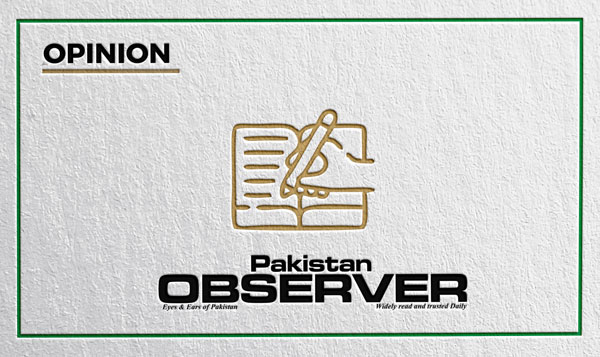Articles and letters may be edited for the purposes of clarity and space.
IMF’s tough conditions
Pakistan has commenced formal negotiations with the International Monetary Fund (IMF) for a new Extended Fund Facility (EFF) program valued between $6 billion and $8 billion. These discussions, set to continue over the next two weeks, have already yielded a mix of reassurances, satisfaction with the reform agenda and mutual commitments to economic improvement alongside stringent demands, new proposals and fresh analyses.
The IMF’s assessment identified a significant gap of PKR 7 trillion in tax policy and enforcement. Addressing just the policy gaps could save PKR 3.4 trillion. The discrepancies in tax policies have contributed to a 3.4% GDP gap, broken down into 2% from GST, 0.6% from income tax, and 0.8% from customs duties. The enforcement gap is most pronounced in retail (30%), transportation (19%), cross-border smuggling (12%), and the real estate sector (5%).
A consensus emerged on offering targeted subsidies to the poor, with the IMF briefed on various aspects of the federal budget and recommendations made for pension reforms, tax law changes and the cancellation of FBR’s discretionary tax exemptions. The State Bank of Pakistan, Ministry of Finance and Ministry of Energy were designated to share information with the IMF. Emphasizing the significance of political stability, the IMF highlighted the need for substantial adjustments to meet its stringent requirements.
However, these adjustments pose significant challenges for the common man. The IMF-laid budget could result in reduced public spending and increased taxes, which might exacerbate the financial struggles of ordinary citizens. It is crucial for Pakistan to balance IMF conditions with its own needs and constraints, keeping the common man’s hardships in mind. The government needs to negotiate terms that not only satisfy the IMF but also consider the socioeconomic implications for its population, ensuring that reforms do not disproportionately burden those already facing economic difficulties.
GULAB UMID
Turbat
Heat waves on rise in India
Heat waves are not new to India. Already, the Indian meteorological department (IMD) has forecast an above normal temperature in north-eastern, eastern and central parts of India this summer. Lack of rains is a precipitating factor for the possible heat waves between March and May. Wheat cultivating farmers are being advised to irrigate or initiate soil treatment to conserve moisture. Earlier, anything around 40 degree Celsius was considered ‘hot’. The new norm in India in the coming years may as well be 38 degrees Celsius to 46 degrees Celsius, especially in selected cities along the coastal areas. Otherwise, a heat wave measures an average rise of at 5.5 degrees Celsius. A 6.4 degrees departure in normal temperature forms a severe heat wave. Experts have said that unlike in the past, India is going to witness more frequent and severe heat waves in the future too. In the years to come, a four degrees rise in temperature is expected to push the globe to thrice the normal exposure, and this phenomenon is likely to affect the South Asian countries the most.
Heat brings humidity and the natural cool air from the seas get smothered by high humidity in coastal India drenching people with perspiration. People need to remain aware of heat exhaustion, heat cramp and heat stroke — the three common heat conditions. From excessive sweating in mild forms to absence of sweating in severe heat afflictions, symptoms may vary.
JUBEL D’CRUZ
Mumbai, India
Army intervention
In Sindh, abductions for ransom have become distressingly common in recent years. Almost daily, reports emerge of children being taken and hefty ransoms demanded. A stark example is the case of nine-year-old Priya Kumari, abducted on August 19, 2021, during Ashura. Just before her abduction, she was joyfully assisting her father, a syncretic Hindu who annually sets up a sabeel (refreshment stall) during Muharram in Sanghar, near Sukkur, to serve sherbet to the thirsty.
The kidnappers have brazenly shared videos of the innocent child, bound with ropes, on social media multiple times. Despite multiple efforts, law enforcement has failed to apprehend the perpetrators. Shockingly, there have been allegations of police collusion, with reports of officers supplying arms to the criminals. The criminals predominantly operate in the Kacha area of Sindh. It is imperative for the Pakistan Army to intervene and rescue innocent victims like Priya Kumari from the clutches of these criminals.
GHULAM RASOOL
Nawabshah, Sindh










